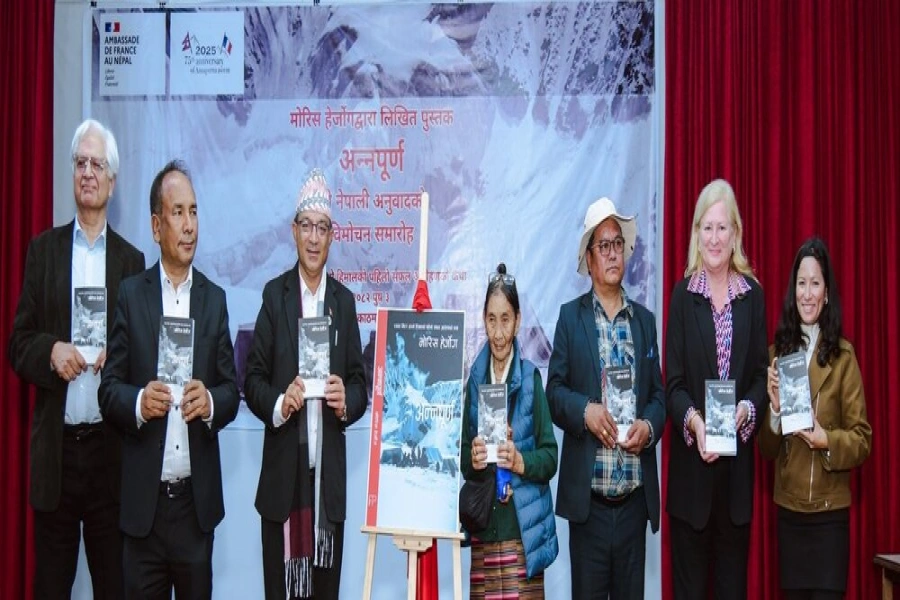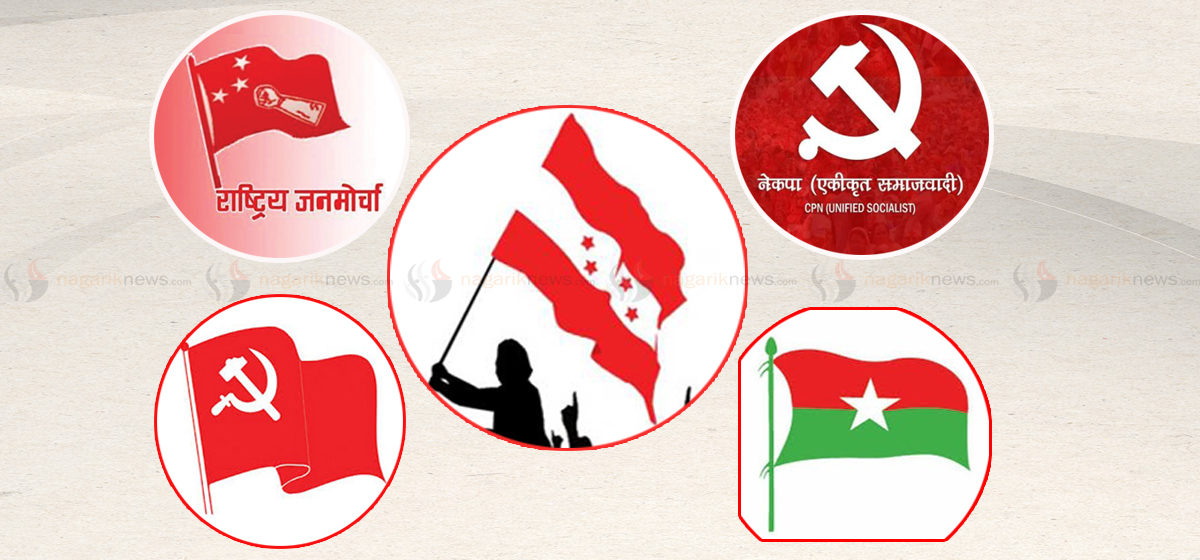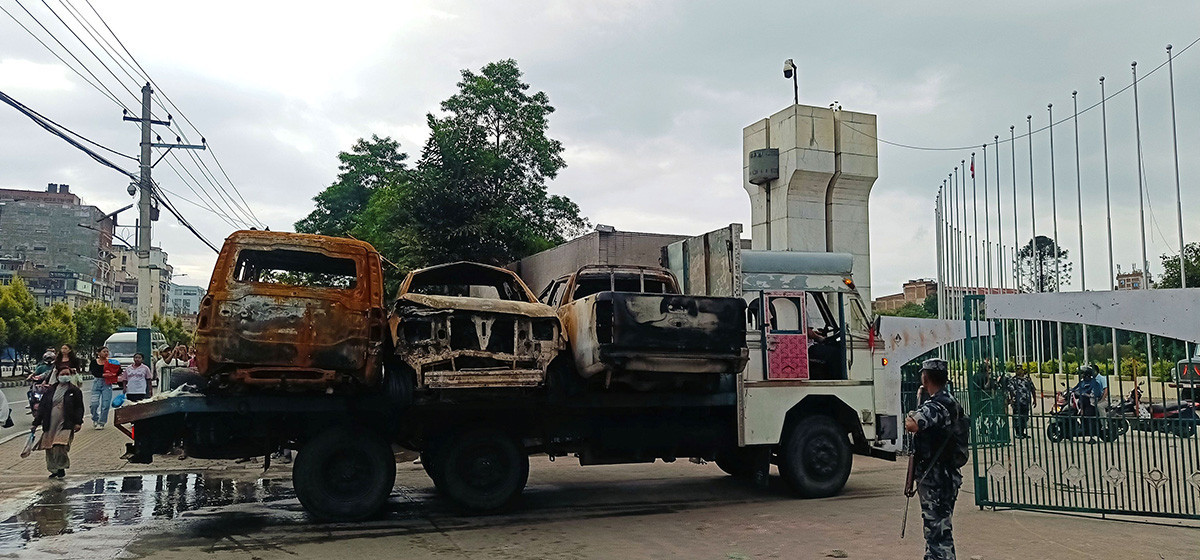Earlier (24 March, Republica), I wrote about the possibility of the NC-UML coalition. My personal view was or is that we should not and must not strive for such a coalition. This is against the democratic values because it will weaken the opposition in parliament. And in the long run, it may be detrimental to the country and democracy. In the absence of a strong opposition, we may end up with an authoritarian/tyrannical regime. The interest of the country is best served by political polarization between the NC and the UML, vying and jostling for power, giving two-party dominance. However, in the past, we have seen instances of NC-UML collaboration. They were triggered, primarily, by exigencies or emergency situations, as in the case of Jana Andolan I (1990) and Jana Andolan II (2006/7) or during constitution promulgation (2015). The extreme crisis situations push these rival parties to come together. This time, it is too difficult to comprehend the existence of such a situation. Maybe, political leaders have information which we don’t have.
Conspiracy theories
No doubt, there are people doubting the very process leading to the NC-UML agreement: its timing (mid-night deal), pace or speed (completed within a week), the location (private residence of a media owner), parties involved (an ambassador getting involved) and confidentiality of the deal (other than general outline, the media has not leaked anything about the seven-point agreement). The Maoist party smells a rat as the largest party in the House, the NC, is offering the leadership of the government to the second largest party, the UML. The opponents of this agreement question further: how do you form a national government with just two signatories? It will be unfortunate, if the new coalition is primarily meant to overthrow the current government then forming a national consensus government and introducing reform measures. Given the intensity of charges and counter-charges over the formation of government under Article 76(2) or Article 76(3) of the Constitution, the Maoists maintain that the coalition formation is a regressive move and Oli’s recent revelation that there is no specific agenda of constitutional reform, there is looming doubt on the effectiveness of this new coalition as well.
The narratives in circulation
There are various narratives, currently circulating in the Nepali rumor market, speculating on factors leading to the deal. One such popular narrative is that the Prachanda government or to be specific his ambitious DPM and Home Minister Ravi Lamichhane was planning to open up “files' ' implicating NC and UML big shots (fake refugee scandal and Giri-Bandhu Tea Estate land scam). This led to the overnight toppling of the government. However, given the fact that investigations are already underway into the financial frauds related to Lamichhane, this anti-corruption bandwagon fails to explain the real reason.
Ruling coalition appeals to vote for coalition parties for safe...

The second argument is that Prachanda was playing the BRI ball, pitting one neighboring country against the other, and, at the end, he got sacked from both ends. Now, the NC is hinting that there are no objections to the BRI as long as it involves grants, not loans while the UML is positive about the BRI.
The third plausible argument is that the positions of the old parties were being threatened by the arrival of new populist parties and independent candidates and “the steam needed to be tamed if not contained.” In the absence of constitutional reforms, gerontocratic parties will cease to exist by next elections to be held in 2084 BS. Mission 84 has become a kind of political mantra for every political party now.
The fourth argument is: narrow, vested, selfish interest of the leaders. Hence, KMC Mayor, as usual, has bluntly tweeted in Nepali: kale kale milera khaun bhale, meaning, “let’s share the spoils.” This new coalition will be an exercise in futility if the people’s expectations cannot be fulfilled.
New coalition objectives
In the press release issued by the Nepali Congress Party, several objectives have been mentioned to be a part of the deal. Two primary objectives, namely, political stability and constitutional reforms stand out to be distinct. Definitely, the coalition of two big forces may ease out irritating demands and bargaining power of small political parties and establish a sense of stability. Definitely, it can do away with the frequent reshuffling of Cabinet and bureaucracy or even the need for the PM to stand for floor tests in parliament every four months. The coalition is also expected to bring stability to provincial governments. With the change in the central government, the provincial governments are collapsing like a house of cards.
The challenges ahead
However, with regards to constitutional reform, the issue is a bit tricky. The coalition may have a solid or even an absolute majority to introduce constitutional changes but there are so many contentious issues to be addressed; the process may end up opening a Pandora’s Box. Oli must have sensed this and so he now declares that there is no specific agreement as such to introduce constitutional amendments.
Definitely, it is time to review constitutional changes. Deferring this issue could be suicidal. There are several areas of constitutional reform like electoral re-designing and representation, and strengthening federalism and social inclusion. These issues cannot be addressed overnight, the reform process may drag on for more than three years.
The second challenge for the coalition government is the completion of the peace process. With the isolation of the Maoist party, there will now be further delays in the TRC Bill. With the Maoists in the opposition, the country may enter a new phase of conflict. Can the new coalition tame the Maoists? As NC leader Shekhar Koirala has cautioned, “There is nothing to celebrate”, and the road ahead is precarious and treacherous.
The third challenge comes from practical realities. How are you going to accommodate two diametrically opposite political parties? How would you reconcile pro-India and anti-India forces? It is easier to be a small fish in a big pond than a big fish in a small pond. And remember, we are talking of not one but two big fish!
The fourth challenging factor is: what will happen to the big scandals that are under investigation or being revealed by the media? Will they be swept under the carpet? Will the government resort to a selective investigation as a part of political vendetta? This will tarnish the anti-corruption agenda of the government and the two big political parties.
According to the press release issued by the NC, the new coalition seeks “to establish good governance by controlling corruption”. This is the most stupid idea ever encountered in the field of anti-corruption. One can control corruption only by establishing good governance. You cannot establish good governance by controlling corruption. Corruption is an indicator or a symptom of bad governance, you cannot get rid of the disease (bad governance) by treating symptoms (corruption). The NC seems to be fixated by this chicken-egg argument, unable to discern cause from effect or vice versa.


































